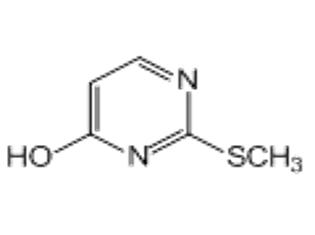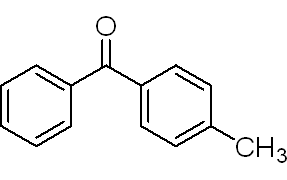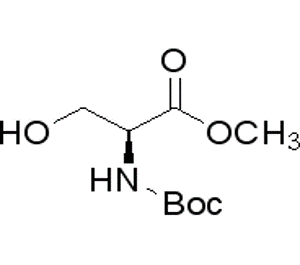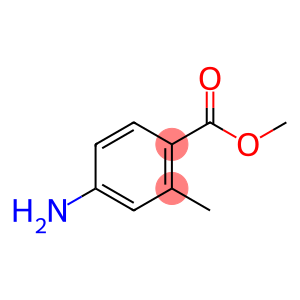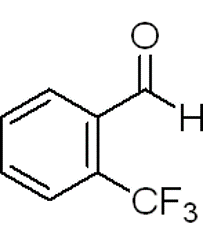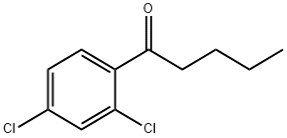2-Methylthio-4-pyrimidinol(CAS# 5751-20-2)
| Risk Codes | R22 – Harmful if swallowed R37/38 – Irritating to respiratory system and skin. R41 – Risk of serious damage to eyes |
| Safety Description | S26 – In case of contact with eyes, rinse immediately with plenty of water and seek medical advice. S39 – Wear eye / face protection. |
| HS Code | 29335990 |
Introduction
2-Methylthio-4-pyrimidinone is an organic compound. The following is an introduction to its nature, use, preparation method and safety information:
Quality:
- Appearance: 2-Methylthio-4-pyrimidinone is a solid of colorless crystals or white crystalline powders.
- Solubility: It has low solubility in water but better solubility in organic solvents such as ethanol and dimethyl sulfoxide.
- Chemical reactions: 2-methylthio-4-pyrimidinone can react with other compounds through chemical reactions such as sulfonation, substitution, and cycloaddition.
Use:
- Pesticide: 2-methylthio-4-pyrimidinone is an important insecticide and herbicide intermediate, widely used in the agricultural field.
- Fluorescent dyes: It can also be used as fluorescent dyes and labeling reagents, with the potential for imaging and detection in biomedical research.
Method:
- 2-Methylthio-4-pyrimidinone can be prepared by the reaction of 2-methylthio-4-aminoimidazole and ketones under acidic conditions.
Safety Information:
- 2-Methylthio-4-pyrimidinone is an organic compound with certain toxicity. Appropriate personal protective measures, such as gloves, goggles, and protective clothing, should be taken when in use or contact.
- Contact with the skin or inhalation of its dust may cause allergic reactions or irritation, and prolonged exposure or excessive inhalation should be avoided.
- During storage and handling, care should be taken to avoid contact with oxidants, strong acids, and other substances to avoid dangerous reactions.
- When disposing of waste, it should be disposed of in accordance with relevant regulations to avoid pollution to the environment.


